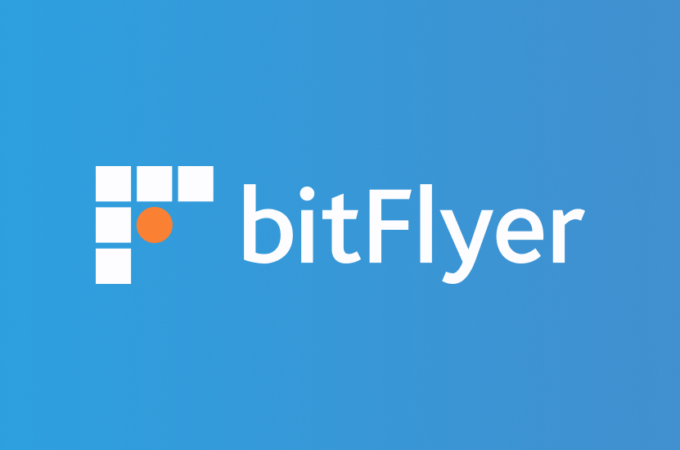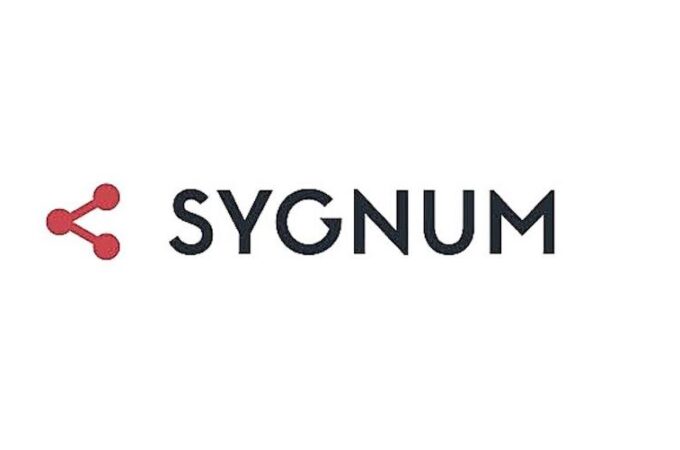
How savvy Indian fintech startups are rebooting banking
via Deal Street Asia
A few months ago, Lizzie Chapman, co-founder of payments platform ZestMoney, joked to a venture capitalist that she should just reposition her lending startup as a “neo bank” in order to attract a higher valuation.
That quirky term has found currency in the startup world rather suddenly. Vinay Bagri, co-founder of NiYO, which is already positioned as a neo bank, says that when his startup launched in 2016, no one, including him, had heard of a neo bank.
Simply put, neo banking is a catch-all term for firms that are attempting to build digital banking startups. Unlike other sectors such as retail and travel, banking hasn’t faced the onslaught of startup-led tech disruption. Until now.
Despite a rapid expansion in Jan-Dhan bank accounts (half of which are rarely used), India currently has the world’s second-largest unbanked population, an estimated 190 million people, according to the World Bank’s Global Findex database. And a race is now on to win their hearts and wallets.
“The whole idea of neo banking is to be able to create a bank on a mobile phone. The cost structures of banks, many of which are based in prime real estate locations, is very high and these costs are eventually passed on to customers,” said Bagri. “The idea with neo banking is that if you go mobile, you can dramatically reduce the cost, and you can also improve the customer experience by using technology.”
This thesis is inspired partly by the success of startups like Nubank in Brazil, and Monzo, Revolut and N26 in Europe that are transforming traditional banking in their countries by using the internet to deliver services more efficiently. Their fast growth has seen these startups command huge valuations.
For instance, Nubank, which is aiming to be Latin America’s foremost neo bank by providing digital accounts to small businesses along with loans and credit cards, is valued at $10 billion. With investors such as Tencent, DST Global and Sequoia Capital, the bank’s valuation has more than doubled in just a year.
Neo banks in India raised $116 million in 2019, a seven-times jump year-on-year, according to data from Venture Intelligence. While the figure itself is not huge, what’s striking is that many of these companies raised seed rounds of $5-20 million on paper ideas alone without having launched actual products.
Neo banks founded and funded in 2019 alone include epiFi, Jupiter.money, Yelo, Juno, Kaleidofin and EZOTO, besides payments firm Razorpay, which also launched its neo banking arm, RazorpayX. Some like NiYO are targeting retail customers, while others such as Open are serving businesses.
Digital layer
The financial services sector in India is diffuse. Though banks offer a wide range of services, a single customer tends to use different platforms for her bank account, insurance, wealth management and borrowing.
Before neo banks, many internet startups were already offering niche financial services. For instance, Paytm, India’s most valuable startup, has a large payments business; Policybazaar.com is a sizeable insurance marketplace, and there are many other smaller firms in wealth management and lending.
But neo banking startups and their investors believe that none of these firms hold an indomitable position. They point out that these firms do not offer core banking services like bank accounts and cards and they also say that insurance, mutual funds and other financial products are still not very well understood by customers.
Neo banks can exploit this weakness and become comprehensive financial services platforms—for specific customer segments, investors and entrepreneurs said.
“A single platform providing a digital layer for payments, accounting, expense management and short-term loans can be tremendously valuable,” said Anil Joshi, managing partner at venture capital firm Unicorn India Ventures. He cites the example of Open, one of his portfolio startups that offers accounting, lending and other services to small and medium businesses.
Co-founder of epiFi Sujith Narayanan, who helped launch and oversee the expansion of Google Pay, said that startups will find it tough to become “everything for everyone”.
“I don’t think that the big opportunity is to create another conventional banking behemoth—that’s not going to work. If that model was viable, you would have seen payments apps becoming banks already. Rather than trying to create a universal bank, I think the opportunity is actually there in focusing on specific consumer segments and becoming a one-stop financial services platform by helping them demystify finance and make sense of money—where are they spending, how to grow their money, what is the ideal insurance product and so on,” he said.
In late-2018, Narayanan and a colleague Sumit Gwalani left Google Pay to launch their startup epiFi. Impressed by their pedigree and plan for building a neo bank, Sequoia India, Ribbit Capital and others pumped in $13.2 million into the startup in what was one of the largest seed-stage funding rounds in recent years. EpiFi will launch its product later this year.
The most attractive customer segment for neo banks are the millennials, who are more willing than older people to switch bank accounts and buy financial services online. Another attractive segment is blue-collar workers, who aren’t well served by traditional banks as they consider them a risky segment to lend to.
Neo banks can have a “huge impact” on people that are underserved by traditional banks and other financial institutions, said NiYO’s Bagri. “For example, we have a service where users can open bank accounts without having minimum balance, and avoiding maintenance and non-usage charges. Such features are particularly useful for people with low incomes for whom holding traditional bank accounts is not viable. In the case of neo banks, because the technology is built in-house and because the cost structure is lower, we don’t need to charge these fees,” he said.
Neo banks can also offer other benefits like charging lower interest rates on loans than traditional banks by devising better algorithms to decipher the creditworthiness of customers, added Bagri.
Street cred
What adds credence to the wave of neo banking startups is the profile of entrepreneurs at these firms. Many of them have expertise in financial services, and some have worked at both financial services and internet firms.
For instance, NiYO’s Bagri worked in the banking sector for nearly 15 years before launching his startup. EpiFi’s founders ran Google Pay and one of them, Narayanan, worked in financial services for a decade before joining Google. The founders of Open, Anish Achutan and Mabel Chacko, are veterans in digital payments and have run and sold a payments startup in the past.
In short: many of the entrepreneurs at neo banking startups are keenly aware of the opportunities and the pitfalls in financial services.
Apart from venture capital-funded neo banking startups, Flipkart co-founder Sachin Bansal is also betting big on this sector through his new startup Navi Technologies. In January, Bansal, who netted about $1 billion from selling his shares to Walmart, told The Times of India that he will plough a large chunk of the proceeds into expanding Navi. The newspaper estimated Bansal’s proposed investment would be between $400-450 million.
Bansal has already applied for a universal banking licence from the Reserve Bank of India (RBI). He has also been buying assets in the sector at fire-sale prices. Last year, he purchased a small microfinance firm Chaitanya Rural Intermediation Development Services Pvt. Ltd, and is in talks to buy DHFL General Insurance and Essel Mutual Fund.
Bansal’s push for a universal banking licence is important given the central bank’s reluctance to issue new licences. RBI last invited bids for universal banking licences in 2013, where out of more than a dozen firms, only Bandhan Bank and IDFC First Bank made the cut.
Mint has learnt that Bansal’s example is likely to be followed by several other startups. Half a dozen entrepreneurs in neo banking, financial services and related segments that Mint spoke to said that they are working on readying their firms for obtaining a licence from RBI over the next two years. Not all these firms will apply for universal banking licences, which is the toughest to obtain. Some startups will apply for a small bank licence (which focus on small loan sizes up to ₹25 lakh, originally meant to improve banking access in semi-urban and rural areas).
Presently, neo banking startups are partnering with traditional banks to offer services. NiYO has a partnership with DCB Bank while Open works with ICICI Bank since the two startups don’t have banking licences yet.
“For a customer to trust a neo bank that has no branches is going to take time. That’s why a co-branding arrangement with an established bank works for a startup,” said NiYO’s Bagri.
“Over time, the customer, and the entire banking ecosystem, develops trust. It puts you in a better position to launch your own banking services down the line,” he added.
Risks remain
But despite the optimism and the widely held perception within the startup world that neo banking is the flavour of the season, significant risks still remain.
India’s last experiment with banking licences in 2015—when RBI allowed payments banks to be set up—has flopped. They were meant to take banking to the masses, but because of restrictions on deposits and a ban on lending, no payments bank has achieved significant scale (though about a dozen entities got licences).
While payments banks have tried to sell other financial products such as insurance and mutual funds, the success of this attempted diversification is unclear. Small finance banks, which are allowed to lend and accept large deposits, are faring better.
But on the whole, private sector lenders like HDFC Bank and ICICI Bank still dominate the banking sector and are seeking to increase their share in net banking too. Another bank, Kotak Mahindra, already operates a digital banking product called Kotak 811 that is popular with customers.
“Some banks have innovated and kept pace with change, so neo banks are not going to give a 10x better experience to the consumer,” said Anand Lunia, managing partner at venture capital firm India Quotient. “Neo banks are promising transparency, no minimum balance, etc., but it is not fundamentally a new business.”
Lunia said that he has evaluated several neo banks but decided against investing. “Even assuming they can figure out a revenue model, consumer neo banks seem to have a smaller target addressable market. Banks still have a disproportionate hold over salary accounts of employees at large corporates,” he added.
NiYO’s Bagri estimates that over the next three years, these banks can serve more than 20 million customers, which he said was a large-enough number to sustain several thriving neo banks.
But other entrepreneurs are more cautious and say that it will take a long time to build a business in this space. “Consumer inertia and the barrier to switch in financial services are both very high. People don’t usually change bank accounts,” said epiFi’s Narayanan.
“To offer value, you will have to have the right tie-ups with banks, insurance companies, mutual funds, etc. It’s not only critical to have the right supply, but you can’t just become a simple marketplace. So, while the neo banking opportunity is attractive, it’s going to take a focused effort to build a product platform in this space that offers real value and is a profitable model too,” he added.
This article was first published on livemint.com.





